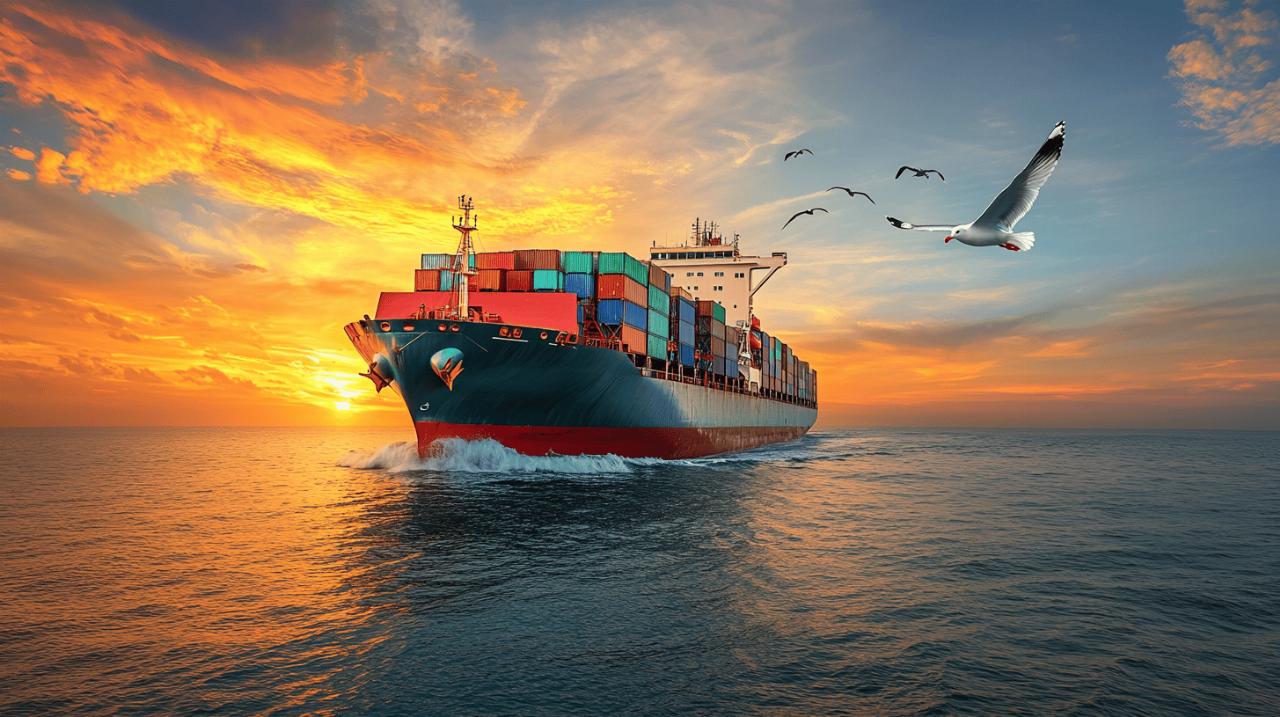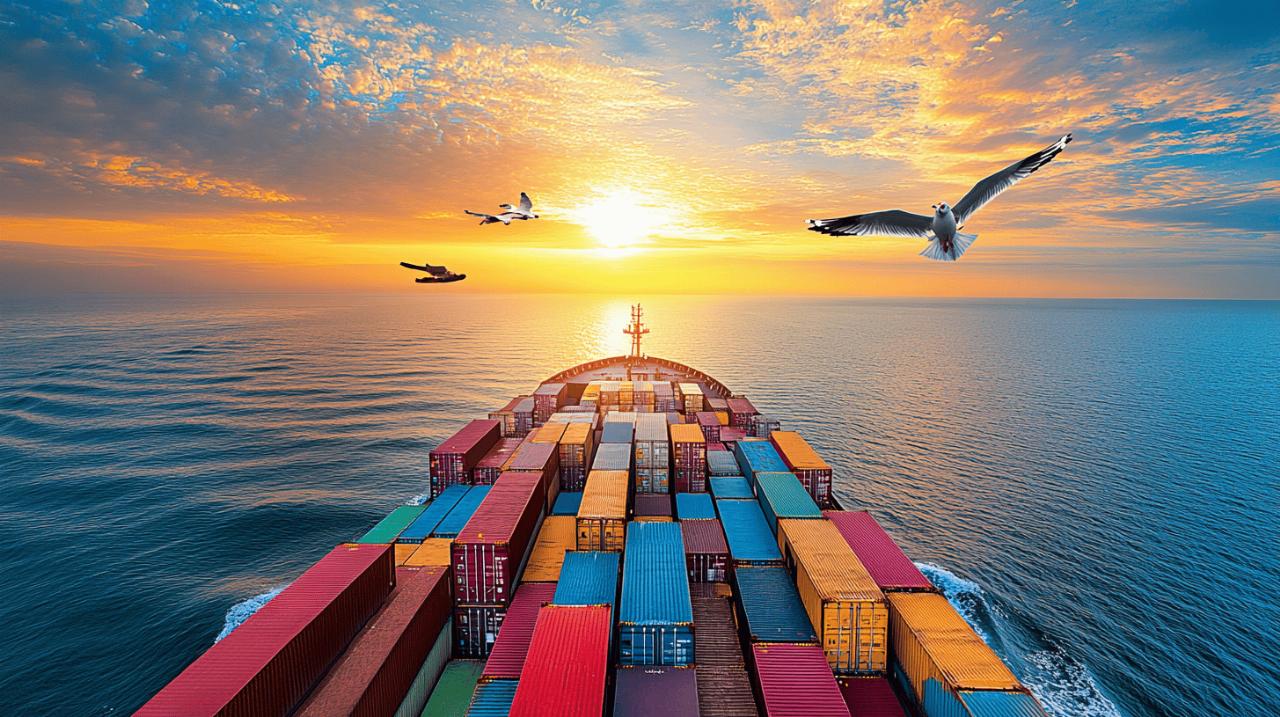Understanding Maritime Container Prices: Essential Guide and Tips for UK Buyers
For businesses and individuals across the United Kingdom seeking to purchase or lease maritime containers, understanding the various elements that influence pricing is absolutely fundamental. Whether the goal is secure storage, innovative construction projects, or international shipping, navigating the container market requires clarity about dimensions, conditions, and the often-overlooked ancillary costs that can significantly impact your total expenditure. This comprehensive guide is designed to equip UK buyers with the essential knowledge needed to make informed and financially sound decisions when entering the container marketplace.
Container dimensions and specifications: what you're paying for
The first consideration when evaluating maritime container prices centres on the physical dimensions and specifications of the unit itself. Containers are not a one-size-fits-all commodity, and the variation in size directly correlates with cost. Standard dimensions are typically measured in feet, with the most prevalent options being the twenty-foot and forty-foot models. A twenty-foot container generally measures approximately six metres in length, just over two metres in width, and around two and a half metres in height. This size is often the most economical entry point for those with moderate storage or transport needs.
Standard sizes and their cost implications (20ft, 40ft, high cube)
As you move up in size, the forty-foot container offers double the capacity of its smaller counterpart, making it suitable for larger shipments or more extensive storage requirements. Naturally, the increased volume translates to a higher price point, though the cost per cubic metre can sometimes be more favourable. Additionally, there exists a popular variant known as the high cube container, which provides an extra foot of vertical space. This additional headroom is particularly valuable for storing bulky items or creating more comfortable converted spaces, such as offices or pop-up retail units. However, this convenience comes at a premium, with high cube models commanding a higher price than standard height containers of the same length. Understanding these dimensional differences and their associated costs is crucial when planning your purchase, as selecting the right size from the outset can prevent unnecessary expenses and logistical complications down the line.
Specialised container types: reefers, open-top, and flat-rack options
Beyond the standard dry cargo containers, the market also offers a range of specialised units designed to accommodate specific cargo types or operational requirements. Refrigerated containers, commonly referred to as reefers, are equipped with integrated cooling systems that maintain precise temperature controls, making them indispensable for transporting perishable goods such as food, pharmaceuticals, or flowers. The sophisticated technology embedded within these units results in significantly higher purchase or hire costs compared to standard containers. Open-top containers, which feature a removable roof, are ideal for cargo that requires crane loading or is too tall to fit through standard doors. Similarly, flat-rack containers, which have collapsible sides and no roof, are designed for oversized or irregularly shaped items like machinery or construction materials. Each of these specialised types addresses unique logistical challenges but comes with a corresponding increase in price, reflecting the bespoke engineering and materials involved in their construction. When assessing your needs, it is essential to weigh the functional benefits of these specialised containers against their higher upfront costs to ensure you are making a practical investment.
New versus pre-owned containers: balancing quality and budget
One of the most significant decisions facing UK buyers is whether to invest in a brand-new container or to opt for a pre-owned unit. This choice profoundly affects both the initial outlay and the long-term performance of the container. Each option presents distinct advantages and potential drawbacks, and understanding these nuances is key to aligning your purchase with your budgetary constraints and quality expectations.
Benefits and Drawbacks of Purchasing Brand New Containers
Brand-new containers, often marketed as one-trip or near-new units, represent the pinnacle of condition and reliability. These containers have typically been used for just a single international voyage, meaning they exhibit minimal wear and tear. The primary benefit of purchasing new is the assurance of structural integrity, pristine cosmetic appearance, and full compliance with current safety and quality certifications. For projects requiring the highest standards, such as residential conversions or premium storage facilities, the peace of mind offered by a new container can justify the higher cost. However, this premium quality comes at a substantial financial outlay, with prices for new containers being notably steeper than their used counterparts. For buyers operating on tighter budgets or those requiring multiple units, the expense of new containers can quickly become prohibitive. Additionally, if the intended use does not demand immaculate condition, such as on-site construction storage, the extra cost may not offer commensurate value.
What to Look for When Inspecting Second-Hand Containers
Used containers offer a more economical alternative and are available in various grades that reflect their condition and suitability for different purposes. The most common classifications include cargo-worthy, which indicates the unit is still seaworthy and suitable for international shipping, and wind and watertight, which denotes good structural condition with no leaks but may not meet the stringent requirements for oceanic transport. There are also as-is containers, which show significant wear and are typically the least expensive option, suitable only for basic storage of non-perishable items. When inspecting a second-hand container, it is imperative to examine the doors and hinges for smooth operation and signs of rust or damage, check the floor for soft spots or perforations, scrutinise the frame and walls for dents or corrosion, and ensure ventilation apertures are unobstructed. The presence of a valid CSC certification plate is also crucial if you intend to stack containers or use them for international shipping, as this confirms the unit has been inspected and meets safety standards. Purchasing from reputable sellers who provide transparent pricing, detailed photographs, and clear condition descriptions significantly reduces the risk of acquiring a container that fails to meet your expectations or requires costly repairs shortly after delivery.
Hidden expenses: delivery and logistics considerations
 While the purchase price of the container itself is a critical component of your budget, it is far from the only cost you will incur. Delivery and logistical considerations can add a substantial amount to the overall expenditure, and these expenses are often underestimated or overlooked by first-time buyers. Properly accounting for these additional costs from the outset ensures you are not caught off guard by unexpected charges.
While the purchase price of the container itself is a critical component of your budget, it is far from the only cost you will incur. Delivery and logistical considerations can add a substantial amount to the overall expenditure, and these expenses are often underestimated or overlooked by first-time buyers. Properly accounting for these additional costs from the outset ensures you are not caught off guard by unexpected charges.
Calculating Transport Costs Based on Distance and Accessibility
Transport costs are influenced by a variety of factors, the most obvious being the distance between the container depot or port and your intended site. Containers sourced from major UK ports such as Felixstowe will generally incur lower delivery charges if your location is within the immediate region, whereas remote or distant sites will face higher haulage fees. The type of vehicle required for transport also plays a role, with standard lorries being suitable for accessible locations but specialised equipment such as hiab cranes or sidelifters being necessary for sites with restricted access or challenging terrain. These specialist vehicles command higher hire rates, which are passed on to the buyer. Depending on your location and the specific requirements of your site, delivery costs can range from as little as one hundred and fifty pounds to upwards of six hundred pounds. It is advisable to obtain detailed quotes from multiple transport providers, specifying the exact site conditions and access limitations, to gain an accurate picture of this component of your total investment.
Site preparation and offloading requirements
Equally important is ensuring your site is adequately prepared to receive and accommodate the container. The ground must be firm, level, and capable of supporting the considerable weight of the container, particularly when fully loaded. Soft or uneven terrain can lead to settling or shifting, which may compromise the structural integrity of the container and its contents. Additionally, you must ensure there is sufficient clearance for the delivery vehicle to manoeuvre safely, including overhead clearances for cranes and adequate width for turning and positioning. If your site requires significant preparation, such as laying a concrete base or installing support beams, these costs must be factored into your budget. Failing to prepare the site properly can result in delays, additional charges from the delivery company, or even refusal to offload the container, leaving you with a unit stranded on the roadside and a logistical headache to resolve. Thorough planning and communication with your delivery provider well in advance of the scheduled arrival date will help mitigate these risks and ensure a smooth installation process.
Market variables and smart purchasing strategies
The maritime container market is subject to a range of dynamic variables that influence pricing on an ongoing basis. For UK buyers, understanding these market forces and adopting strategic purchasing practices can result in significant savings and ensure you secure the best possible value for your investment.
How supply, demand, and currency fluctuations affect pricing
Container prices are not static and can fluctuate considerably based on global supply and demand dynamics. During periods of high demand, such as peak shipping seasons or in the aftermath of global supply chain disruptions, prices for both new and used containers tend to rise sharply. Conversely, when demand softens or there is an oversupply of units in the market, prices may decline. Additionally, because container manufacturing is concentrated in specific regions, notably China, international trade conditions and shipping rates directly impact availability and cost. Currency exchange rates also play a crucial role, as container prices are frequently quoted in euros or US dollars rather than pounds sterling. Fluctuations in the exchange rate between the pound and these currencies can therefore have a tangible effect on the cost of your purchase, even if the underlying price in the original currency remains unchanged. Monitoring these market conditions and timing your purchase to coincide with favourable exchange rates or periods of lower demand can yield substantial financial benefits.
Comparing Suppliers and Securing the Best Value for Your Investment
Given the variability in pricing and the range of suppliers operating within the UK market, it is essential to adopt a methodical approach to comparing providers and securing the best value. Requesting detailed quotes from multiple companies allows you to assess not only the headline price but also what is included in the overall package, such as delivery, warranties, and certification. Reputable suppliers will offer transparent pricing structures, provide comprehensive photographic evidence of the container's condition, and be willing to arrange pre-purchase inspections. Reading customer reviews and testimonials can also provide valuable insights into the reliability and service quality of different providers. Be cautious of deals that appear too good to be true, particularly from unverified sellers on general marketplaces, as these can often result in substandard containers or outright scams. Platforms that connect buyers with vetted suppliers, such as specialised container marketplaces, can offer additional peace of mind through secure transactions, real-time price visibility, and access to a broad network of trusted companies. By investing time in thorough research and due diligence, you can confidently navigate the container market and make a purchase that meets your needs, budget, and quality expectations.
